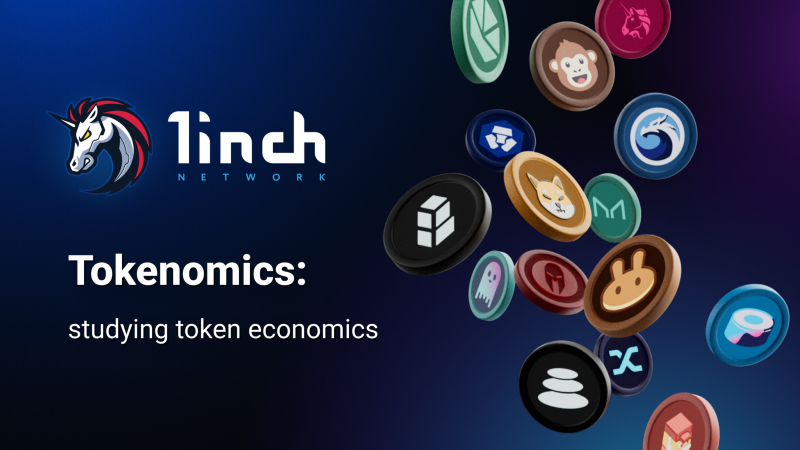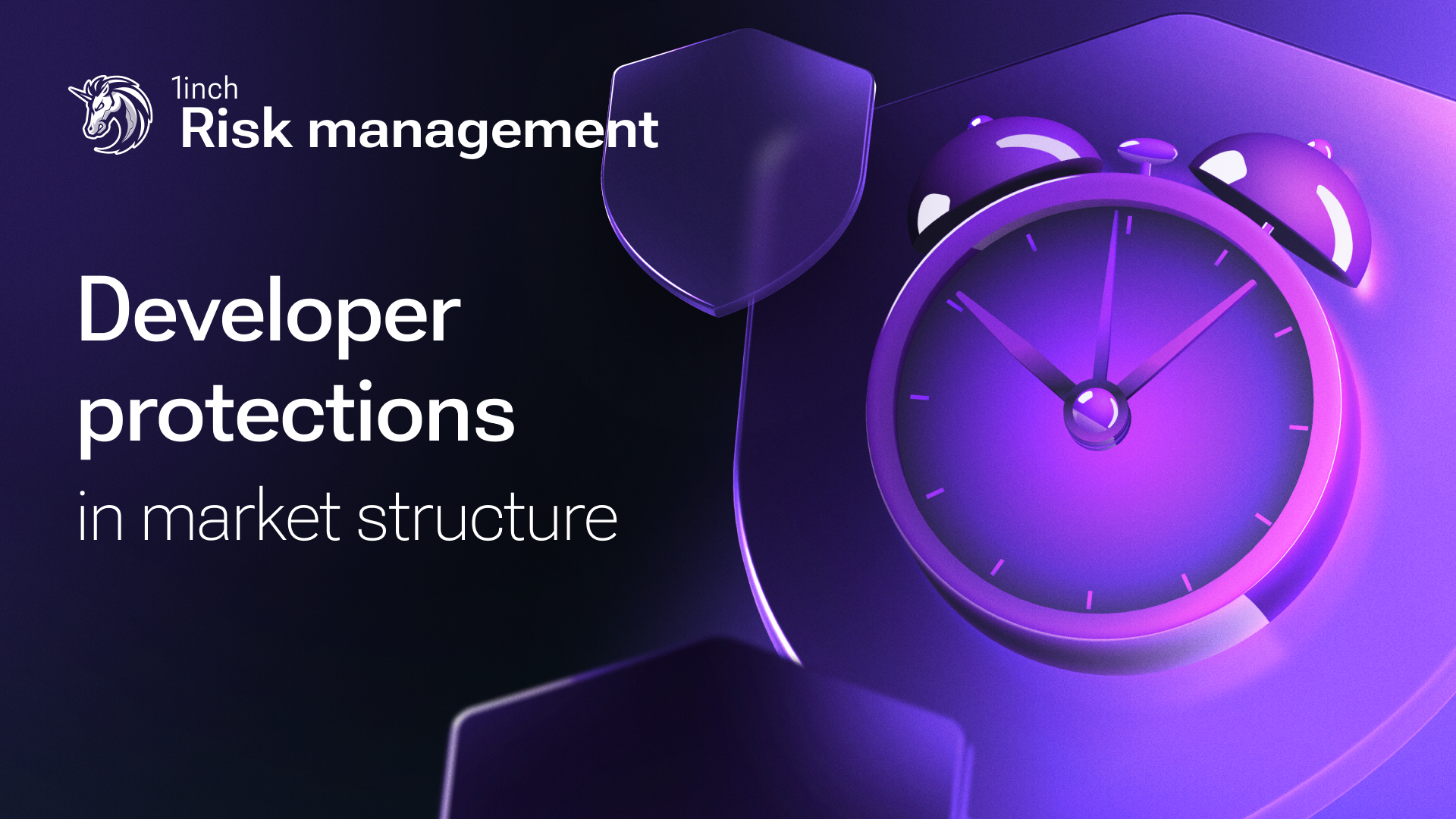Tokenomics: studying token economics

The knowledge of tokenomics is essential for navigating cryptocurrencies, making smart investments and engaging with platforms.
Key Takeaways:
Tokenomics is one of crypto’s key concepts, as it deals with the design and development of cryptocurrencies. It reflects a token’s various characteristics, including issuance, supply, distribution, incentive mechanisms, burn schedules and utility.
Why does tokenomics matter?
While cryptocurrency offers numerous opportunities overall, this does not mean that all digital assets should be considered a promising long-term investment, regardless of the noise some tokens might create. Tokenomics basics can help to distinguish between worthless projects and promising ones. Traders familiar with tokenomics can estimate the likelihood of a hundredfold profit for a specific token, as well as risk involved in holding that token.
Analyzing a platform’s token’s tokenomics facilitates looking at the project from the perspective of staking, farming or participating in a DAO. Exploring multiple key metrics also helps identify tokens that investors should likely avoid. Tokenomics data for each coin is available in the public domain and can be viewed on CoinMarketCap, CoinGecko and other similar resources. Meanwhile, more detailed information is usually offered in a project’s white paper.
Tokenomics structure
Supply is one of the tokenomics pillars as it reflects how many tokens currently exist and when and how new tokens will be created.
Circulating supply shows all publicly accessible tokens circulating on the market, but it doesn’t consider tokens locked in smart contracts.
Total supply refers to the number of tokens issued so far, including locked and burned coins.
Max supply is a limit for token issuance. BTC, for example, has a fixed supply of 21 mln coins, BNB’s supply stands at 200 mln and ADA has a limit of 45 bln. Many NFT collections have a supply limited to a small number of items. Once the limit is reached, no new tokens will be created.
Still, most coins, including ETH, DAI and USDC, have an infinite supply but a fixed number of new tokens to release yearly or per block, depending on their issuance schedule. To avoid inflation, projects do not issue all of their tokens, preferring to be guided by the law of supply and demand: the more assets available for trading, the lower their value.
Burning mechanisms are also used to control inflation by reducing the total supply of tokens. Burning is performed by transferring tokens, at set intervals, into a wallet that can only receive coins, but not perform any other transactions.
Market capitalization shows the total value of a project’s tokens available on the market. It is calculated by multiplying the circulating supply by the token’s price.
When choosing cryptocurrencies for investment, traders usually first check their market capitalization. But it needs to be properly estimated, with the supply side factored in.
Depending on what goal traders or investors are pursuing, they prefer coins with varying market caps. Mid- and small-cap cryptocurrencies are no less attractive to investors considering tokens’ growth prospects. Meanwhile, in order to value scalability, one must also examine a token’s possible use cases.
Use case scenarios for different cryptocurrencies, as well as their utility and value offered to investors, can vary widely.
The most common functions of a token are a store of value, a means of exchange and a payment method for services. Many DeFi projects offer native tokens with functionality that goes beyond the scope of these, giving users access to numerous benefits and investment opportunities. Token holders might use them for gas payments or get discounts of up to 100% on platform fees. Many tokens are used in gaming, illustrating how low-cap currencies can power popular projects.
One of the attractive use cases is participating in the governance of the project’s DAO, which enables token holders to vote for all decisions concerning its development and tokenomics.
Token holders can also benefit from passive revenue opportunities like staking, farming and lending. Plus, platforms capture the value and distribute it in the form of rewards to token holders, so that users can profit from the service they harness. DeFi projects offer various incentive programs that involve exchanging native tokens for rewards. Those include NFT appreciation rewards, staking rewards, providing liquidity in a pool and more. As a project grows and develops, so does its native token.
Distribution refers to the percentage of the total supply held by each wallet. A healthy model is designed to ensure distribution among many users. Blockchain explorers show the distribution data among wallets, and the project’s white paper represents its entire program. So, users can easily check all necessary information to avoid interacting with centralized projects in which one person or group can have too much influence on the price of a token through their actions.
All tokenomics components are equally crucial when considering a token and its potential moves. There is no way to eliminate such issues as sudden events, scams and force majeure. But still, the study of a token’s economics helps to minimize or avoid interaction with potentially failing projects.
What's next for tokenomics?
The field of tokenomics is poised to undergo continual innovation and expansion. As the DeFi sector matures, more sophisticated and diverse token models can emerge. These models will likely include more complex governance structures, increased incentives for participation and new ways to balance supply and demand to ensure sustainable growth.
The integration of tokenomics with emerging technologies such as AI, machine learning and advanced blockchain analytics will further refine investment strategies and risk assessment models.
Moreover, the growing emphasis on regulatory compliance and investor protection will drive the development of more transparent and equitable token distribution models. This evolution will likely address current concerns around centralization and market manipulation, fostering a more stable and trustworthy DeFi space.
Conclusion
The ability to analyze and interpret the components of tokenomics is essential to distinguish between fleeting trends and truly promising investments. By delving into token distribution, use cases and economic models, users can navigate DeFi with more confidence and insight. However, it is important to remember that while tokenomics provides a solid basis for valuation, the cryptocurrency market remains subject to unforeseen events and risks inherent to its decentralized nature.




























